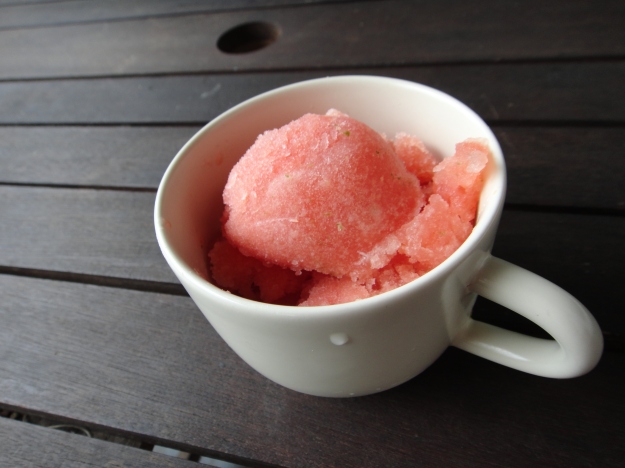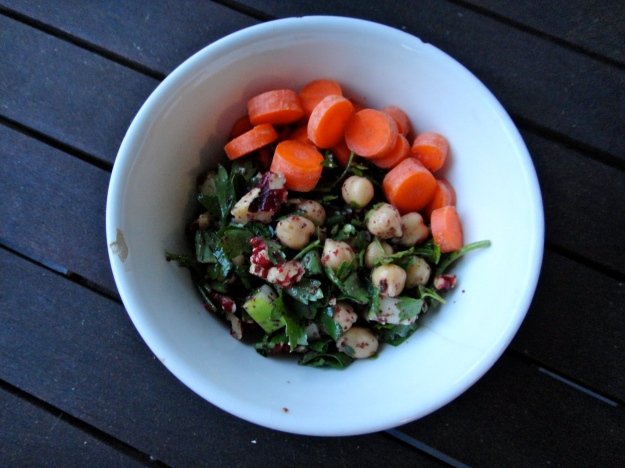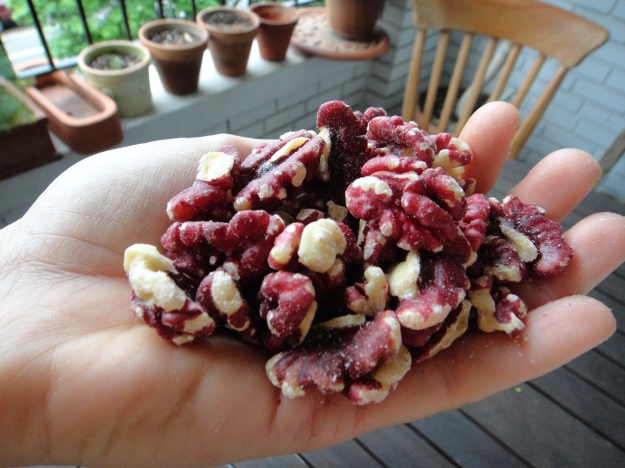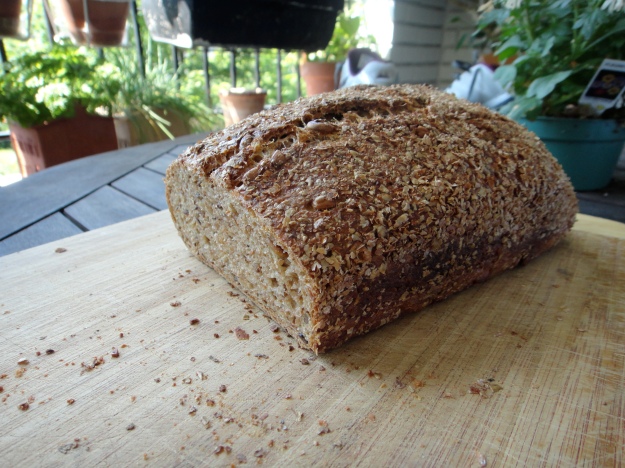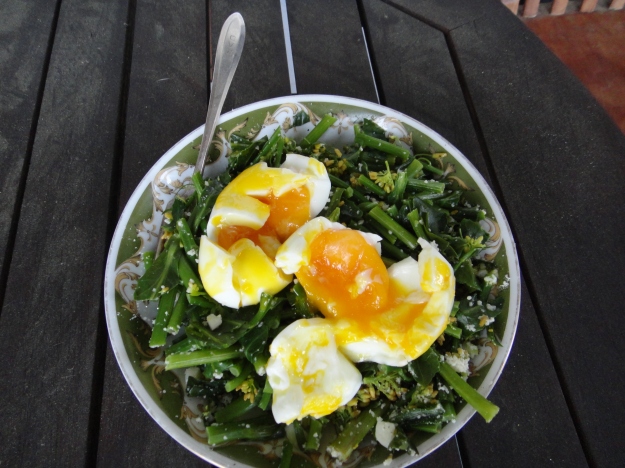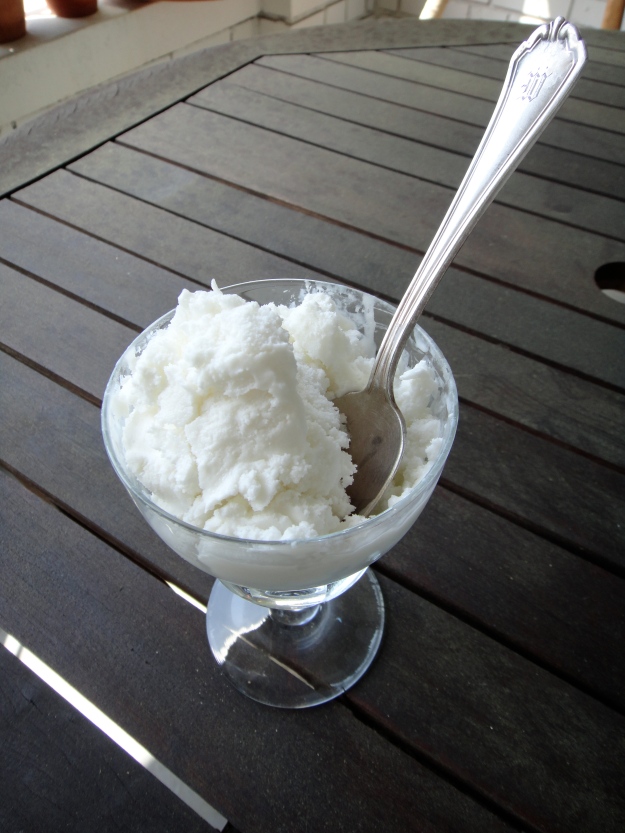Two boozy frozen treats in a row, I think it’s a summer trend.
A lot of the cooking I do is really improvisational, odds and ends from other projects, friends coming over or someplace to go — what could I make? I don’t go out and shop with a recipe in mind, usually. It’s more often a quest to get through all the produce I so voraciously buy each week.
So, like the Pimm’s Cup Popsicles, this one just announced itself: half a watermelon in the fridge, bunch of limes hanging out, healthy supply of vodka in the freezer, friend’s birthday tonight. Enter boozy birthday watermelon sorbet.
This recipe is definitely purposefully extra boozy, unlike other ice cream recipes where I add a tablespoon or two to help combat the iciness homemade ice cream acquires in the freezer if you don’t eat it right away.
And friends, it’s just so pretty. Like that woman at a party wearing a great dress who you can also tell is a LOT of fun.
Vodka Watermelon Sorbet
makes about 2 pints of sorbet
4 cups of watermelon puree (from about half of a medium sized watermelon)
1/2 cup simple syrup (recipe below)
1 lime, zest and juice
1/2 cup vodka
pinch of salt
Puree chunks of watermelon in a blender until you have about 4 cups worth of liquid. Protip – mash the watermelon chunks with a potato masher a few times before adding to the blender so they will blend up without having to add any extra liquid.
Add the simple syrup, lime zest and juice, vodka and salt. Puree again until well-blended. Chill mixture for at least an hour, preferably longer.
Add to your ice cream maker and process.
Take to a birthday party, or just be a party yourself.
Simple Syrup
makes about 1.5 cups syrup
Simple syrup is (simply) a 1:1 ratio of sugar dissolved in water, but it needs to be heated and then cooled before you can use it in the sorbet recipe.
1 cup of water
1 cup of white granulated sugar
Stir together the water and sugar in a small saucepan. Put over medium heat until the sugar fully dissolves, which will take a few minutes. Watch it to make sure it doesn’t boil over or start to brown.
Remove from the pan and cool.
